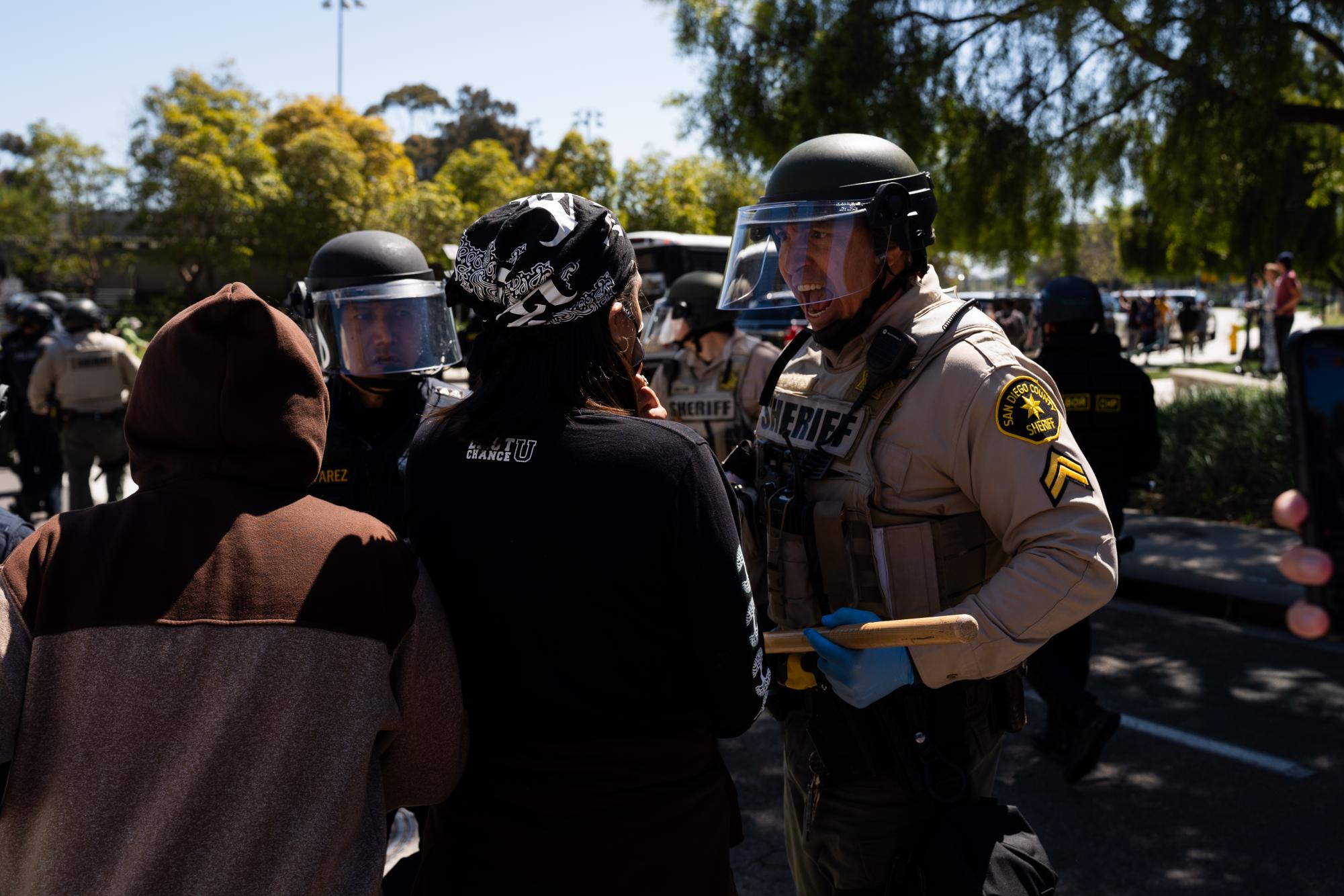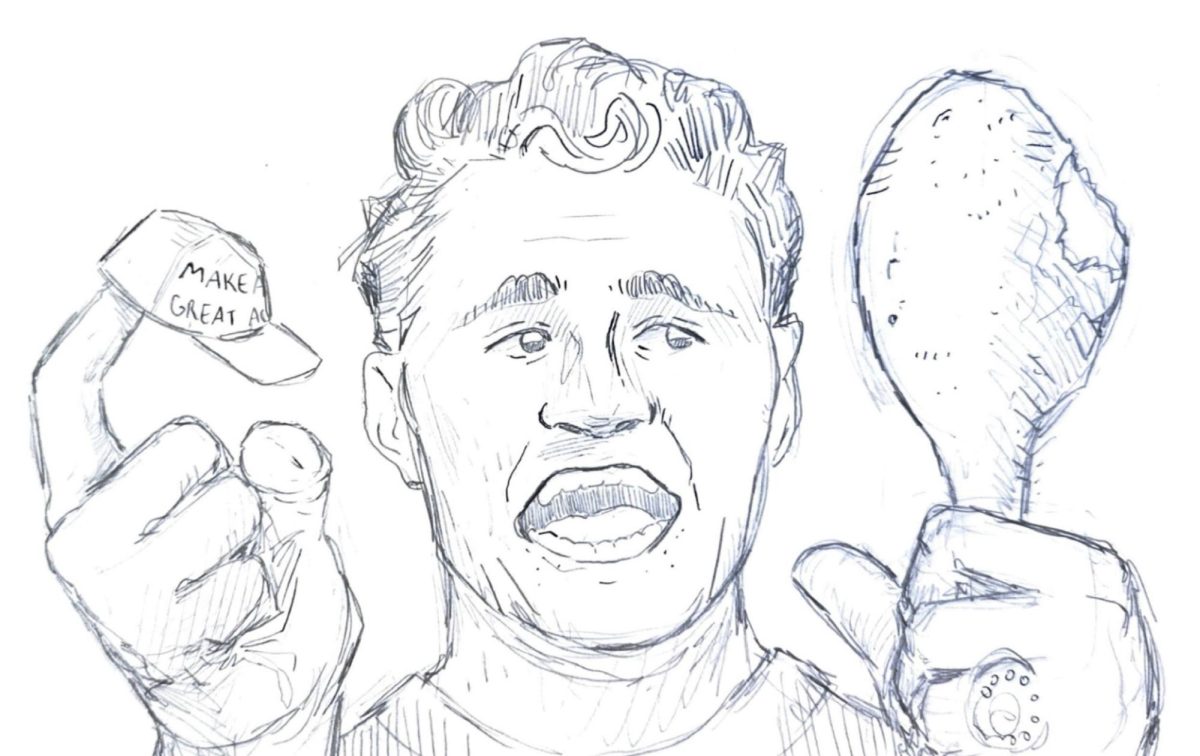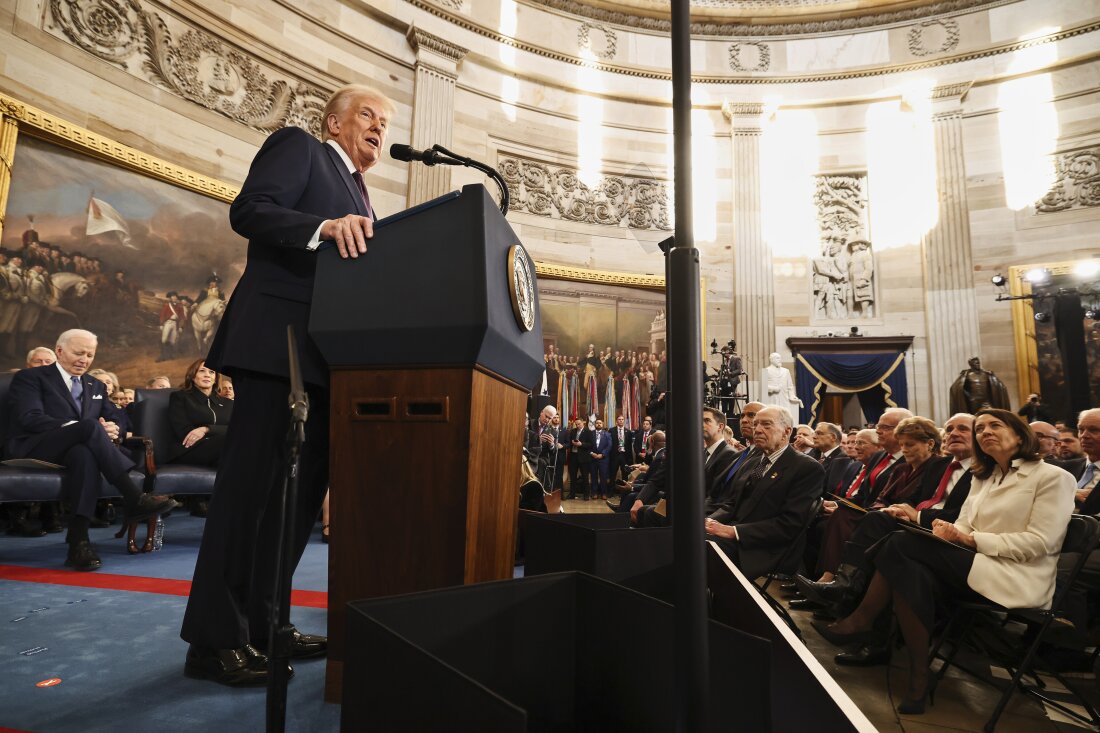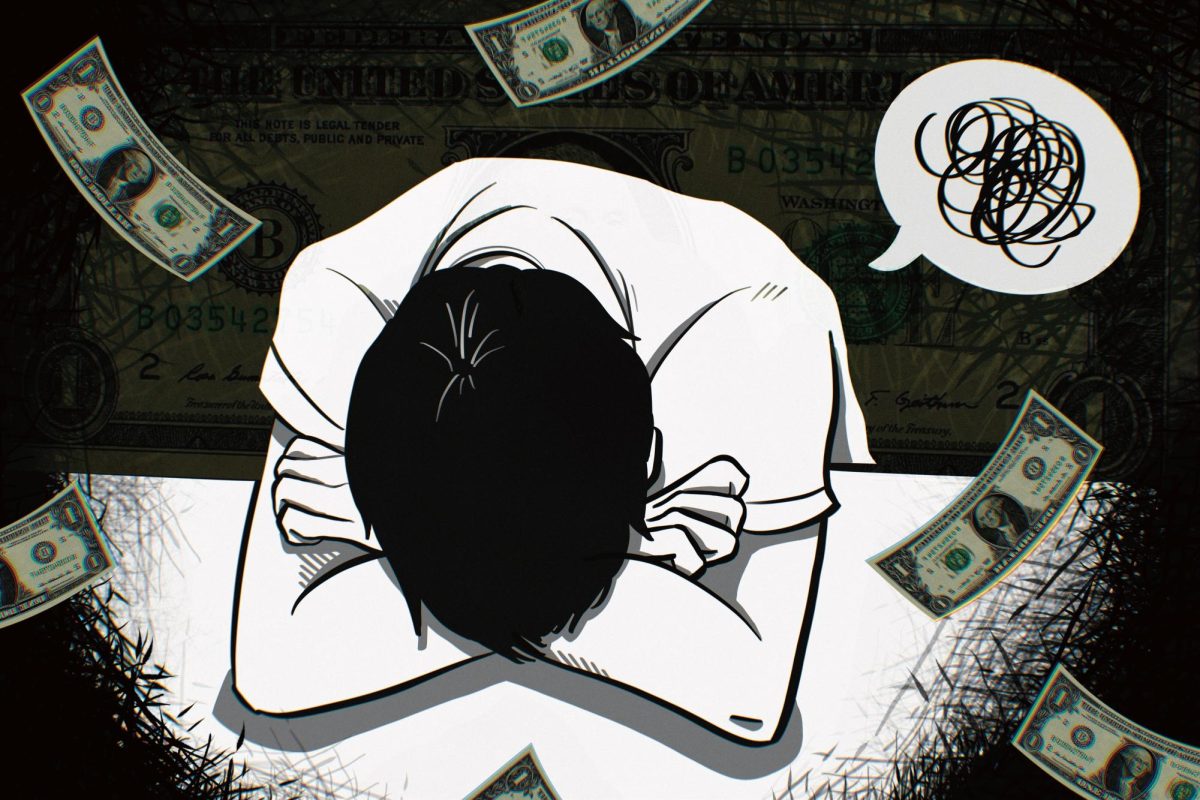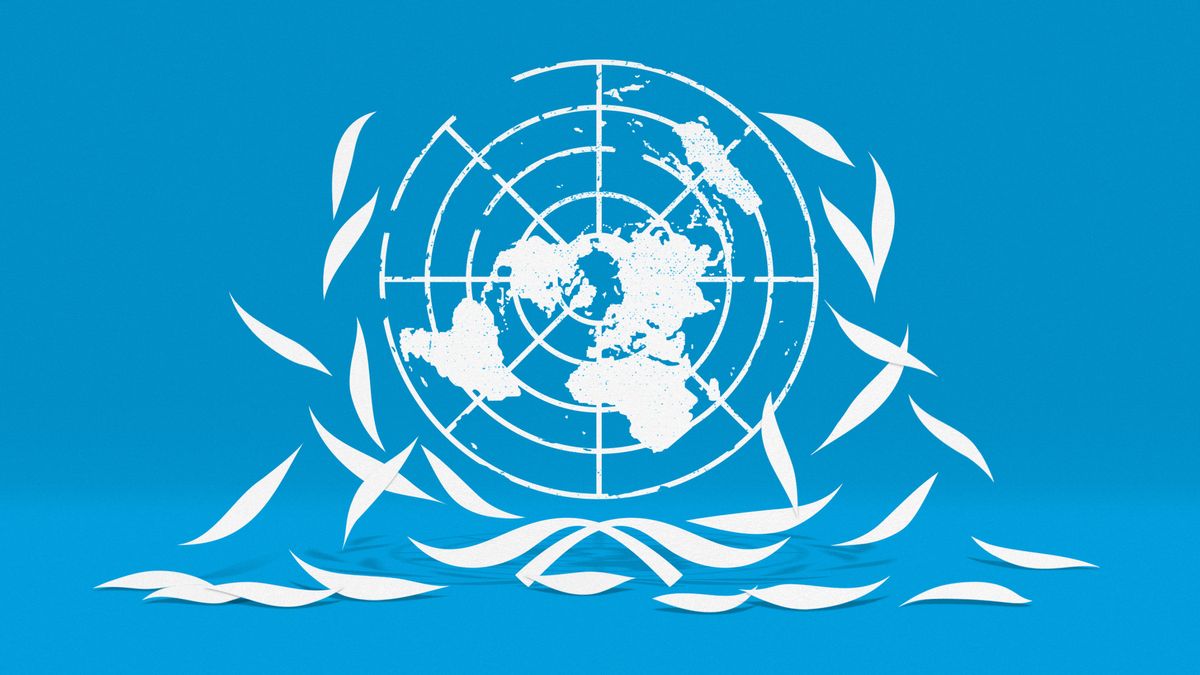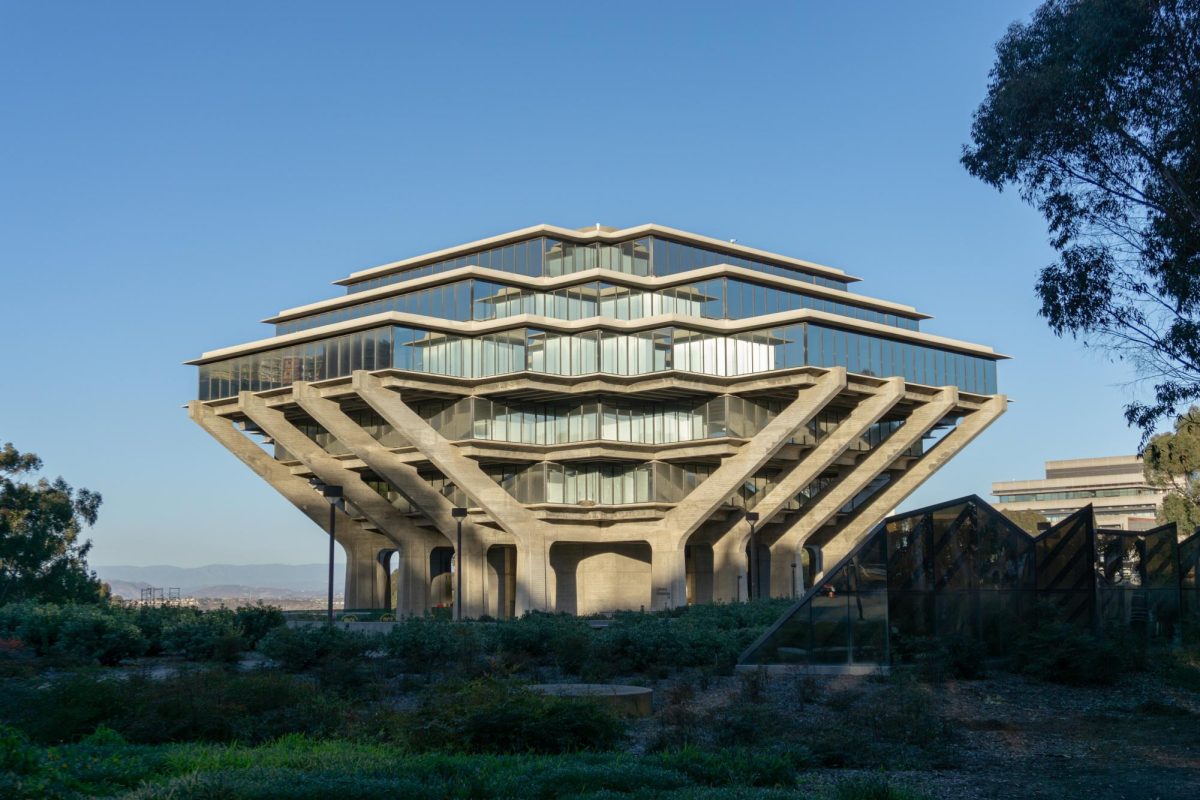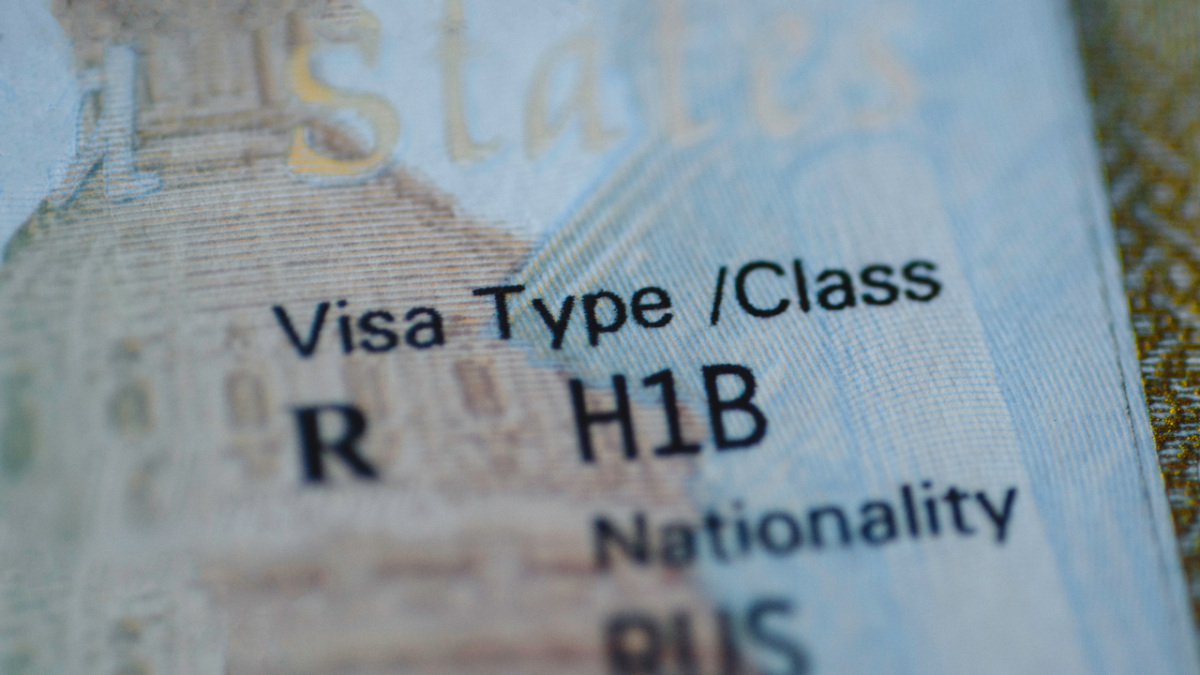On May 6, 2024, UC San Diego Chancellor Pradeep Khosla deployed about 200 SDPD, UCPD, and CHP police officers armed in riot gear to shut down a protest action adjacent to Library Walk, fostering a culture of fear and intimidation on campus. The encampment was a demonstration calling on UCSD to divest university funding away from corporations involved in the ongoing genocide in Palestine. Rather than seriously considering requests for negotiation or peaceful mediation, the UCSD administration met protesters with violence — pepper spray, baton beatings, rubber bullets, and arrests. This display of excessive force against a student body engaging in a peaceful and respectful demonstration is unacceptable and appalling.
Similar horrific incidents of armed officers being deployed on students have taken place throughout history, such as in the Kent State massacre. During a student protest against the invasion of Cambodia, the National Guard fired 67 rounds into a crowd of anti-war protestors, leaving nine injured and four dead. In response to these murders at the hands of violent police, students organized protests, walkouts, and sit-ins at universities across America.
Still, some members of the public believed the brutal retaliation was justified, with 58% of Americans blaming the protestors and only 11% holding the militarized guardsmen accountable, according to a Gallup poll following the massacre. In fact, the pollsters noted frequent comments from respondents that more of the protestors should have been shot.
Today, these repulsive sentiments surrounding the massacre have mostly dissipated, but justifications for police brutality against protestors remain. Universities continue to call militarized police onto their campuses to supposedly foster a “safe university environment,” but in reality, these methods are repeatedly used to suppress peaceful free speech while other UCSD students and faculty stand idly by, taking no action to protect students against such violence.
As conditions have grown increasingly dire in the Middle East over the past few months, many students are actively protesting their universities to reallocate funds away from the apartheid state of Israel. These student protests are met with violent retaliation from university administrators. In a highly publicized example that later turned out to be the product of these corporations pressuring the New York City mayor, law enforcement turned Columbia University into a militarized zone in response to protests. Medics present at the scene reported that officers held batons with vicious intent toward students for “no apparent reason.” Students were shoved into cars and onto the ground, leaving blood and broken teeth scattered on the floor.
Such violence instigated by the Columbia University administration was not only considered a de facto deterrent against physical suppression of free speech activity on campus but also a horrifically abusive act. This violent display from the Columbia University administrators was detrimental to students, but luckily, protestors at UCSD didn’t face as much violence. However, the mere presence of a militarized police force on campus, regardless of the terror they inflict, yields similar trauma on students. The violent shutdown of our campus’s encampment was catastrophic, when campus peace was disrupted by a militarized police force that blocked road traffic, used physical force, and detained students in Price Center.
Nearly all university functions were shut down that morning for the sole purpose of quelling protests, a militaristic response by the UCSD administration to a sedentary, peaceful group simply vocalizing their disapproval of the university’s investments. By midday, most protestors had left Price Center as police departed in smaller groups, yet road blockades were left in place well into the evening as personnel enforcing the policy shifted from police to staff. Moreover, the administration’s decision to block road traffic and continue the blockade long after police activity died down and students had been locked in Price Center was substantially more disruptive than the encampment itself; organizers of the encampment specifically positioned the demonstration in a location that would avoid blocking traffic flow on Library Walk and disrupting campus operations.
The utilization of riot gear in contrast with the peaceful nature of the encampment exemplifies a disturbing abuse of power on the part of the university’s administration. Internal documents circulated by administration staff listed no reports of violence leading up to the raid, making the use of riot gear, a tactic used to intimidate violent crowds, in no way a justifiable response. Despite Khosla’s claims that the encampment was a huge security concern that threatened the well-being of the community, its violent removal instead became the security concern, creating a campus-wide fear of repercussions against peaceful protesters.
Most symbolically, the use of Price Center, a location designed to bring the student body together and offer a social support system, to assist them was an attack on the soul of the UCSD community. The Price Student Center, advertised as a place of mutual aid and socialization, is now permanently overshadowed by memories of violent police activity. Pictures of our most passionate students zip-tied and beaten at the heart of the campus are forever seared into the psyche of UCSD.
Police activity on campus is nothing new to the UC system as the administration has frequently used militarized police against those who refuse to adhere to the political status quo. Our fellow university students, however, still showed immense fortitude when dealing with this violence when they were forced to show up to class the next day. Regardless of bravely conforming to such expectations, when an educational institution, especially one with the immense power of the UC, responds to any form of peaceful resistance in such a terror-provoking fashion, the obvious power dynamic will traumatize those afflicted. A large body of scientific literature suggests that the militarization of police tasked to deal with college protests has a substantially negative effect on the protesters — contributing to the development of PTSD and anxiety especially when considering the majority of these individuals are no older than 21 years old.
Now, students, faculty, and organization leaders have called for Khosla’s resignation, rightfully claiming that such brutal retaliation was unnecessary and a dangerous abuse of power. However, this is not an issue isolated to UCSD and the UC system. Khosla’s resignation would only be a temporary solution to a system that incentivizes brutality and violence. As we saw at UC Irvine last week, even if riot police were never allowed on the UCSD campus, nothing is preventing its use on our fellow students at our sibling campuses. From UCLA to Columbia to UCI, state-sanctioned violence has been felt by university communities across the nation. Now, the administration’s incompetency has made UCSD the latest victim of police overreach.




